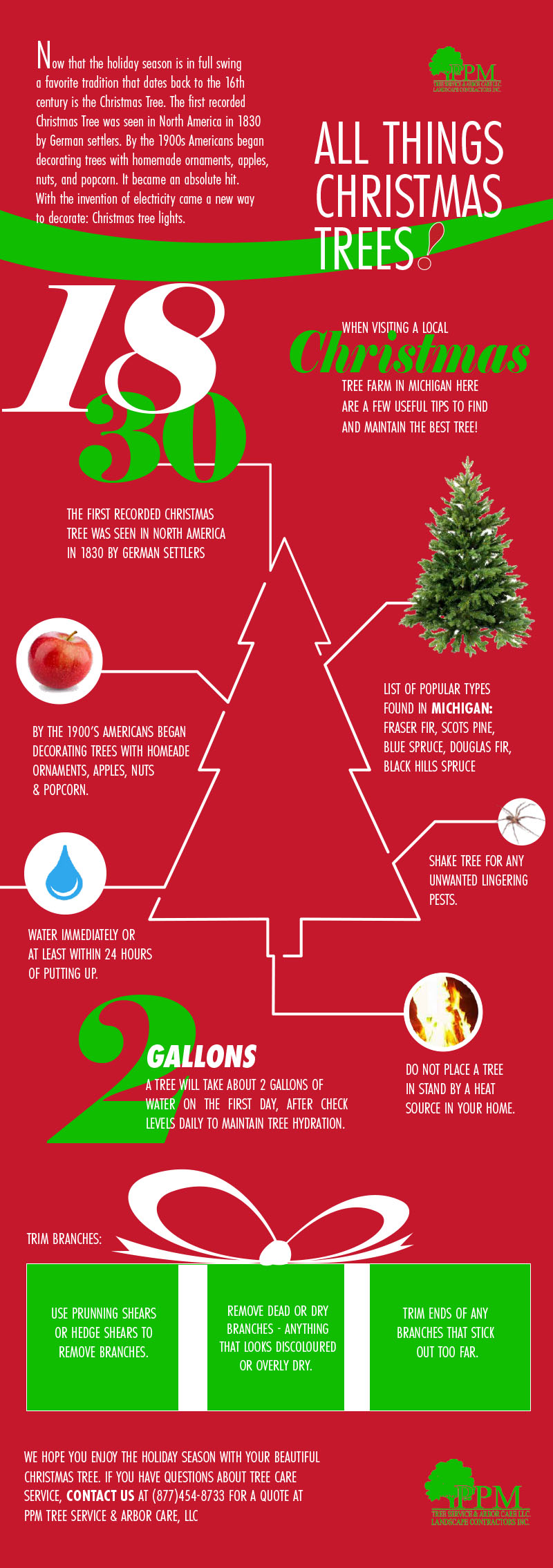Identifying The Demand For Tree Elimination: A Guide For Homeowners
Identifying The Demand For Tree Elimination: A Guide For Homeowners
Blog Article
Post By-Hermansen Noer
Trees add charm and value to residential or commercial property, however they can additionally posture a danger during severe weather events. If inter property has quit growing, is exhibiting visible fungal development, or has a leaning trunk, it ought to be gotten rid of by a professional to prevent home damage and injury.
To get more information, participate in a homeowner resource reasonable co-hosted by HPD, the Center for NYC Neighborhoods, and Brooklyn-based housing partners this evening in Bedford-Stuyvesant. The event will certainly include the House owner Manual, a new guide to assist house owners navigate the responsibilities of possessing a home.
1. Dead or Dying Branches
Trees are an essential part of your home's landscape, using color and charm. They additionally give shelter for wildlife and create oxygen, but even healthy trees can experience health issue that may demand their elimination. Dead or passing away trees aren't simply unpleasant, they can be unsafe. Their branches could drop throughout a storm, leading to expensive home damage and injuries.
When a tree's branches begin to pass away, it suggests that its structure is beginning to break down. If most of its branches are dead, it is likely time to remove it.
Seek an absence of new development, bark peeling, open wounds or cavities, fungis growing on the trunk or origins and a basic appearance of decay in the entire canopy. These signs of infection can show a significant trouble that will call for specialist tree services to fix.
2. Leaning Trunk
While it's regular for trees to lean from time to time due to phototropism, if a tree has an unsafe or severe lean that's not due to natural processes - maybe a sign that the tree needs to be removed. If the tree is leaning toward a high-voltage line, home, vehicle, play framework or any other area that could be harmful to individuals if it drops, after that contacting an expert tree service for removal must be a leading priority.
It's additionally crucial to watch for any kind of sudden changes in a tree's leaning as it can suggest damage to the origins or trunk that may lead to dropping. This is particularly real during thundercloud, considering that high winds and rain-soaked soil can create a lean to alter quickly. https://hectorarhxn.fare-blog.com/29456985/safeguarding-your-properties-by-eliminating-trees tracking, specifically throughout and after storms can help homeowners acknowledge prospective troubles with their trees so they can call an arborist for a detailed analysis.
3. Bug Invasion
Some pest infestations, such as wood-boring bugs like emerald ash borer or sap-suckers like range insects, are so extreme that they can trigger a tree to pass away. The very best means to stop pest problem is to monitor your trees regularly. Try to find areas, openings, or discolorations in the fallen leaves and bark. Take a look at the trunk for fractures and signs of insect damage, such as passages or tracks.
If apex tree service becomes too ravaged with parasites, or is close to a home or high-voltage line, an arborist may suggest elimination. If a leaning tree develops a new, unstable lean, an arborist will likely recommend removal too to guarantee the security of individuals and property. If a damaged or dead tree continually drops excessive branches, it is an indication that it is time to get rid of the tree. If a tree remains to shed branches for an extended amount of time, it could cause structural troubles and possible residential or commercial property damage.
4. Harmed Trunk
Trees are a stunning and important part of our landscape, however they do need regular care to keep them healthy and balanced and safe. If a tree is damaged beyond repair it is likely time for it to come down.
Try to find indications of damage to the trunk, including upright splits, seams, dead branch stubs, noticeable injuries or open tooth cavities and serious tree-rot. The existence of fungi at the base of the trunk is another cautioning sign. Fungis might show that the phloem and xylem (life-support tissues) are endangered, enabling the spread of disease or a future failing.
Additionally, take into consideration whether the tree has quit expanding. Healthy trees will have new development every year, which might show up as buds or branches growing and prolonging. If you do not see any kind of brand-new development, it's a great concept to have an arborist examine the tree and follow their referral for removal. A passing away or harmed tree can drop and create residential property damages.